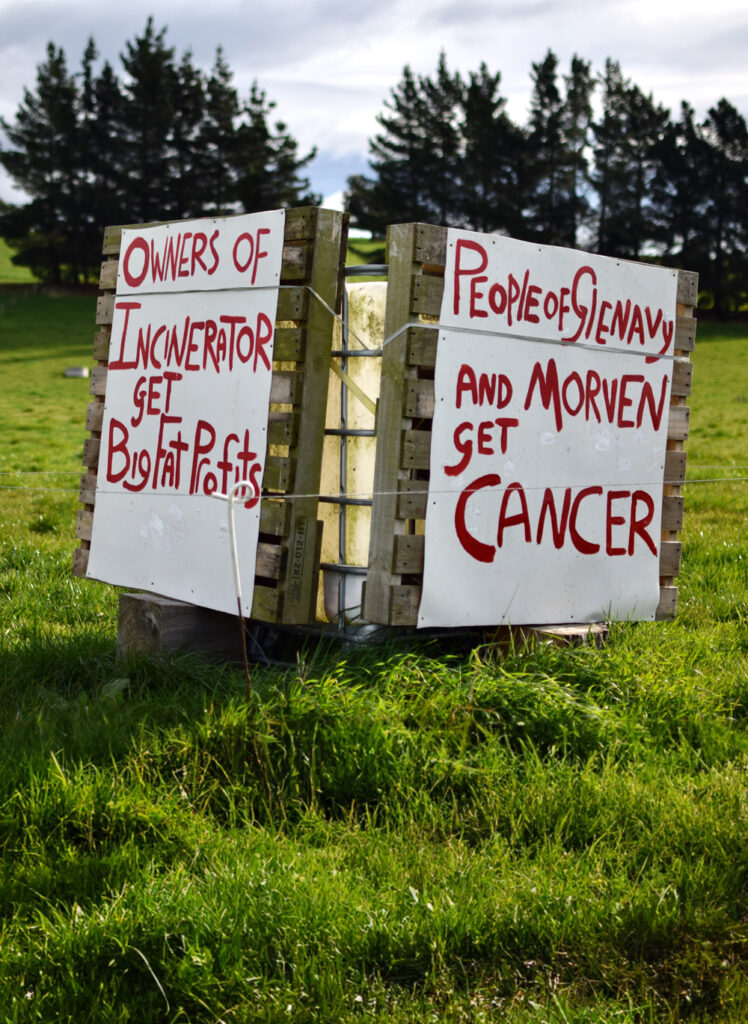Failed West Coast proposals, unlawful storage of waste, corruption, and importing waste. Director Paul Taylor claims he doesn’t know when asked about Chinese government involvement in Project Kea, but N&S unravels the truth.
In 2016, government agency New Zealand Trade and Enterprise (NZTE) contributed $50,000 towards a feasibility study for a plant in Westport — it was never published due to commercial confidentiality. Then, in February 2018, regional economic development minister Shane Jones announced $350,000 of funding for another feasibility study as the government launched its $3 billion Provincial Growth Fund.
This funding came despite the MFE advising that the proposal was “highly unlikely to be economically viable” and stating that Waste-to-energy plants tended to require an enormous volume of rubbish to be viable and were typically built near big cities, not in isolated towns with a population of about 4000 people.
The MFE advice also said waste-to-energy plants generally reduced recycling rates and threatened new investment in waste-reduction infrastructure and products because burning waste would become an easy alternative. “Although waste-to-energy (incineration) is used in other parts of the world to generate electricity, it is a technology that comes with a range of negative environmental impacts, human health concerns, and high financial costs… even the latest technologies still emit large quantities of greenhouse gases and release a range of harmful pollutants, such as toxic metals and dioxins, that can contaminate our land and water.”

